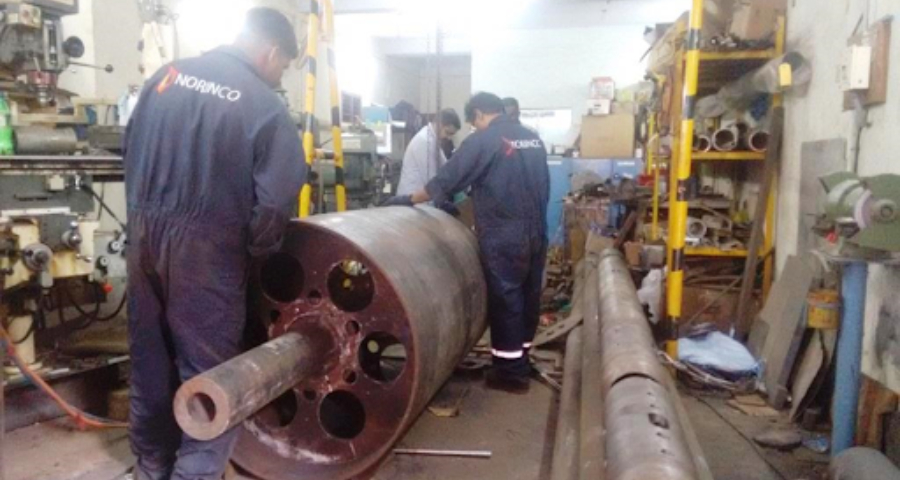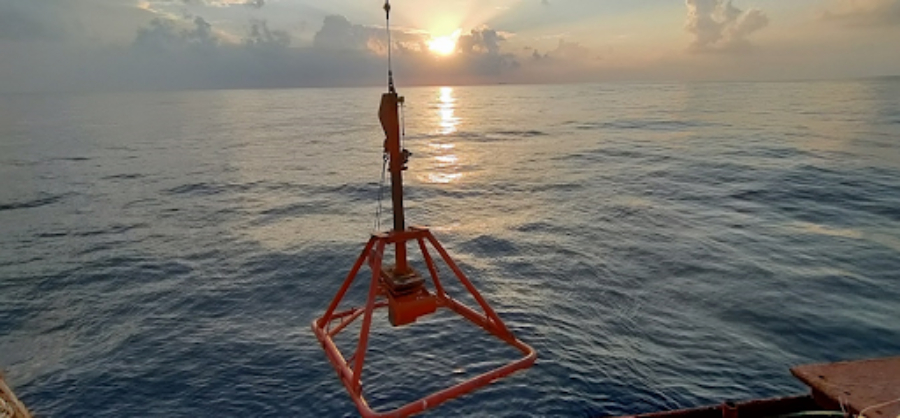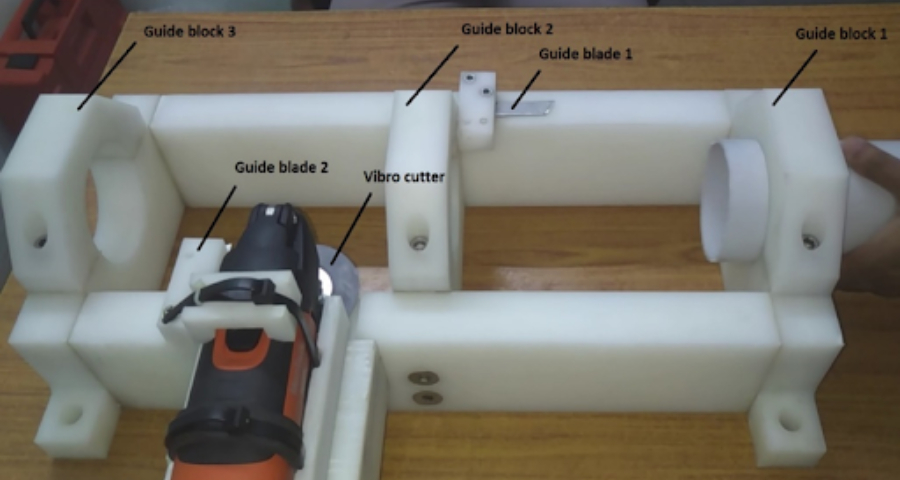Piston Corer
The Piston corer is a long, heavy tube plunged into the seafloor to extract samples of mud sediment. A piston inside the tube allows scientists to capture the longest possible samples, up to 90 feet in length. They are simple and elegant in design; in 1947, scientist Maurice Ewing said that a piston corer "brings up samples of the ocean floor just as a housewife cores an apple." As the piston corer penetrates the seafloor, the piston inside stops at the sediment surface. The action of the piston creates a pressure differential at the top of the ediment column. This allows the soft material to enter the core liner without disruption.


















